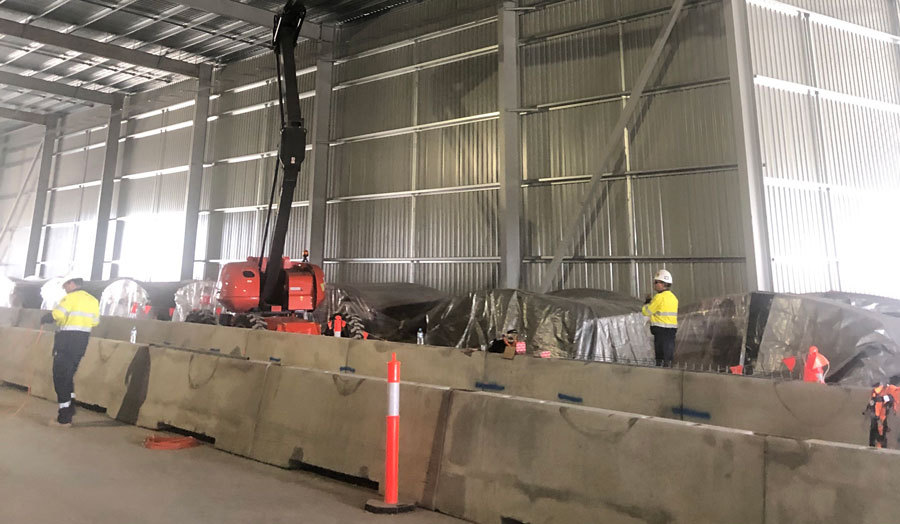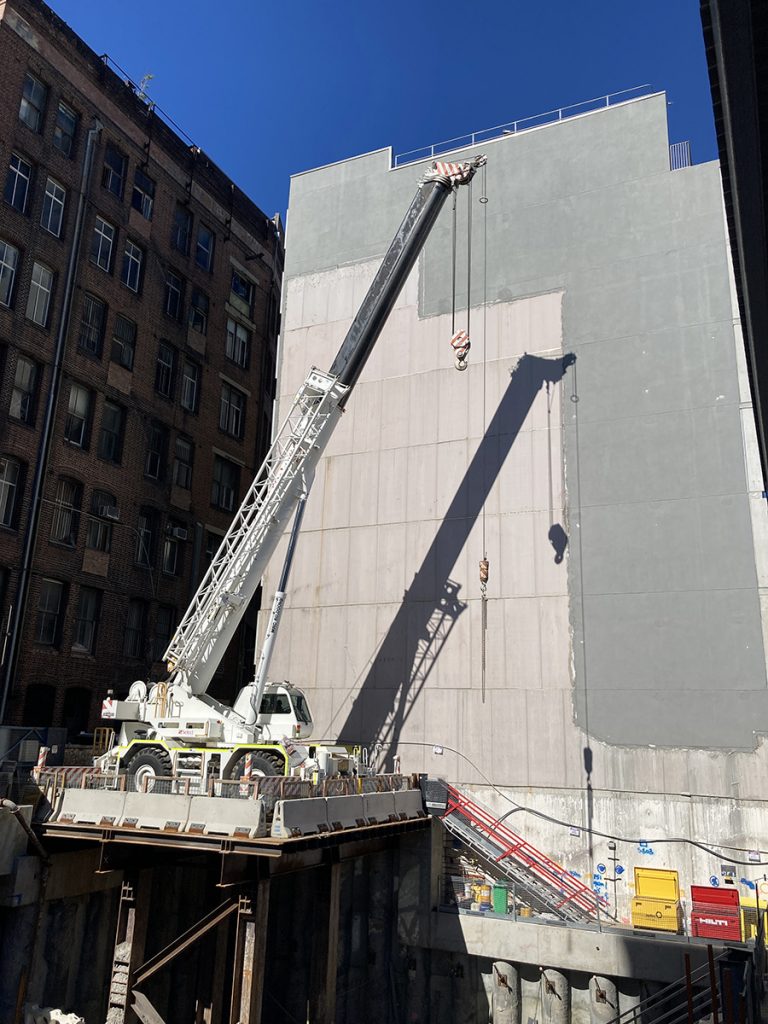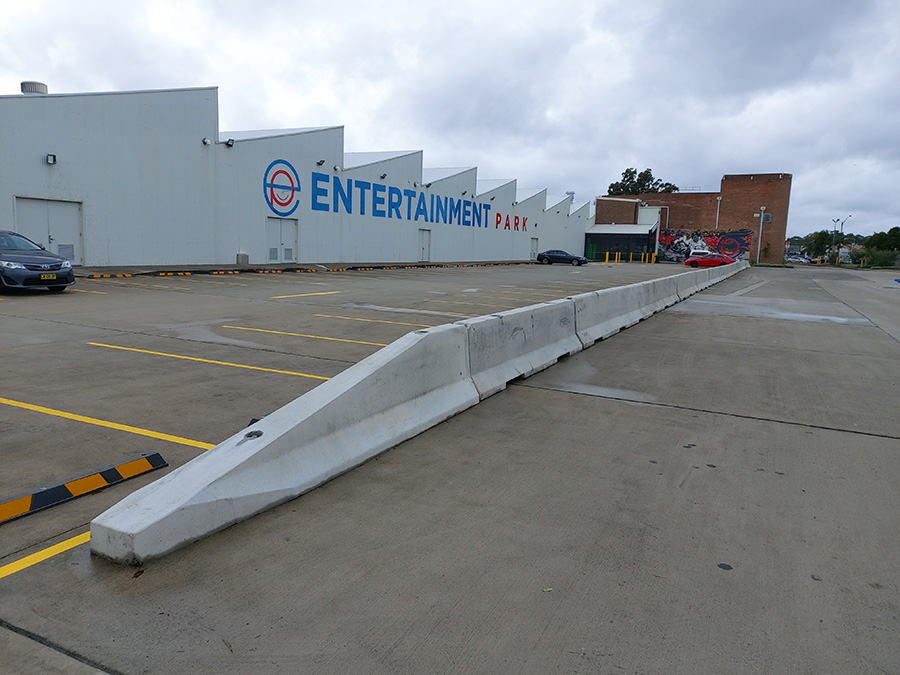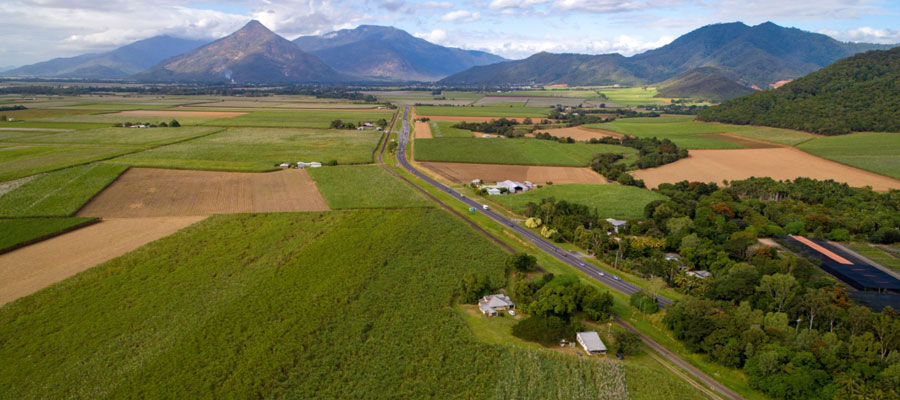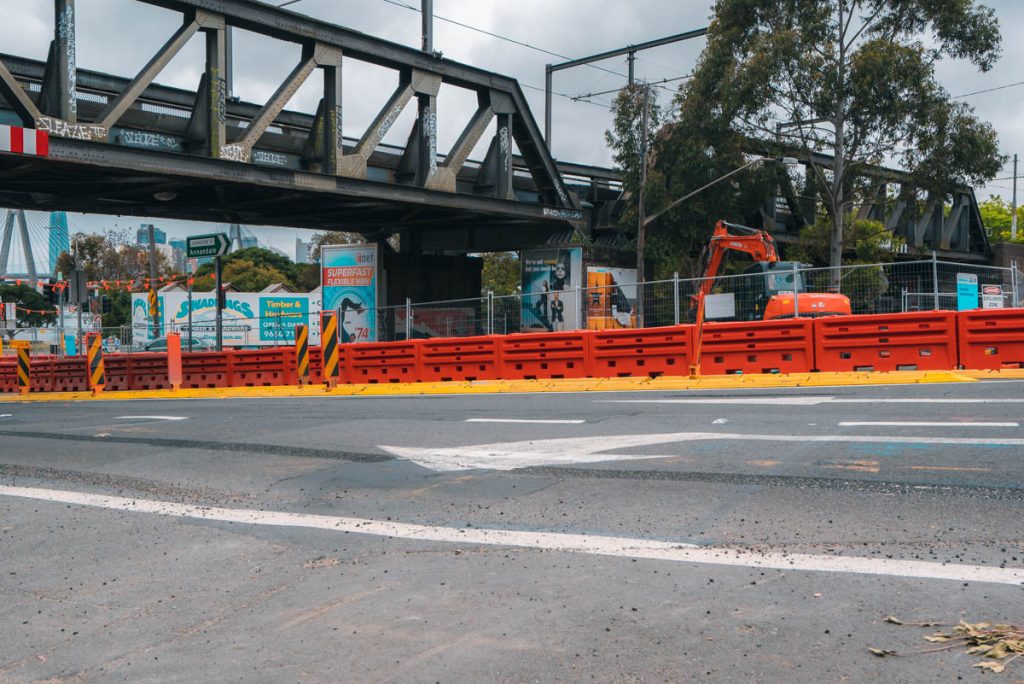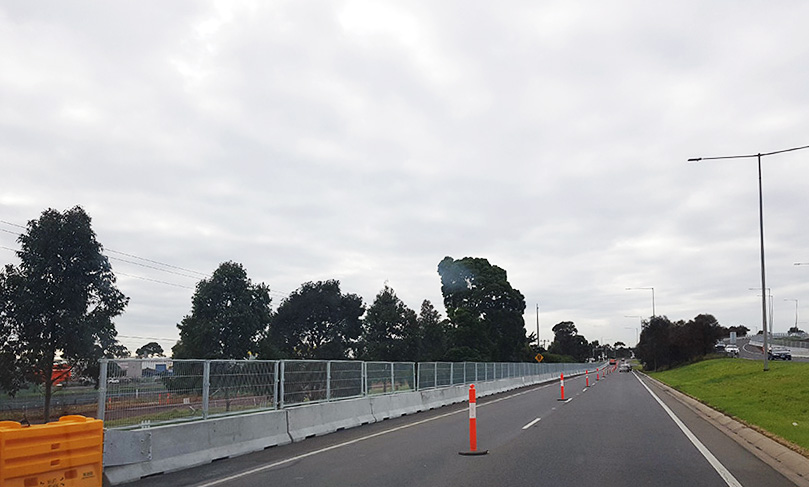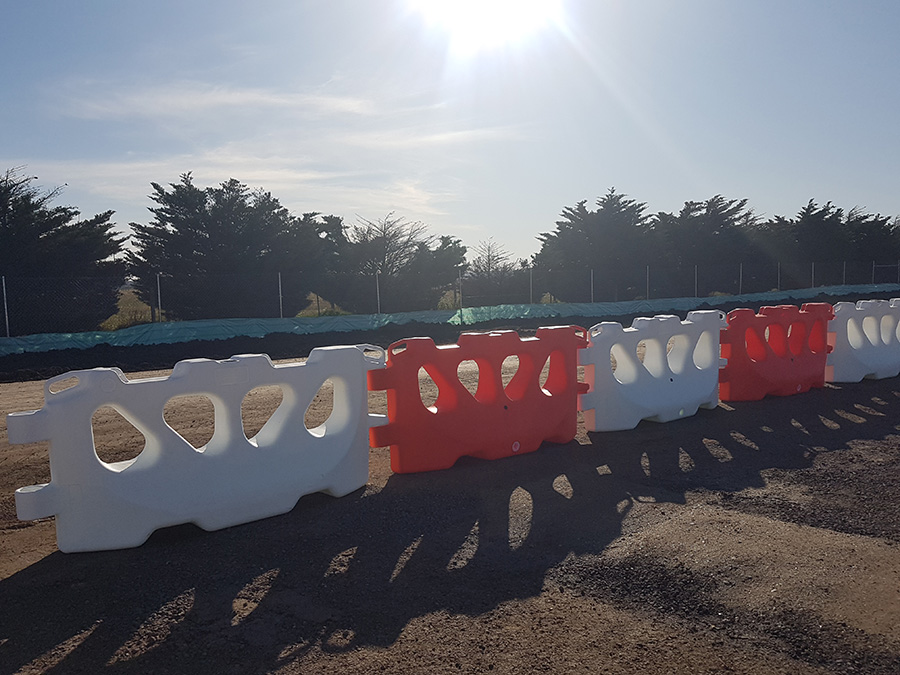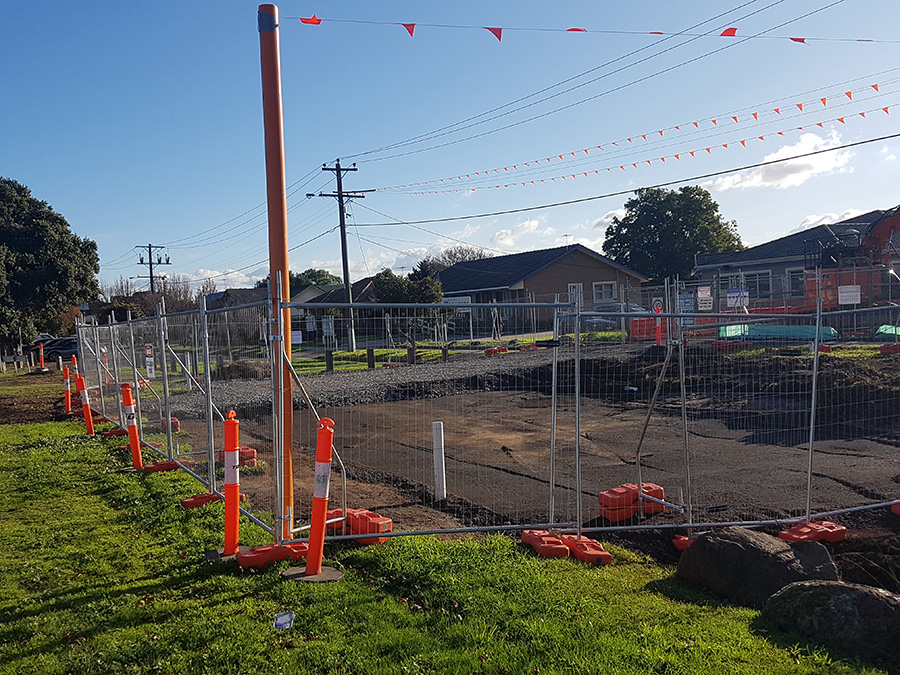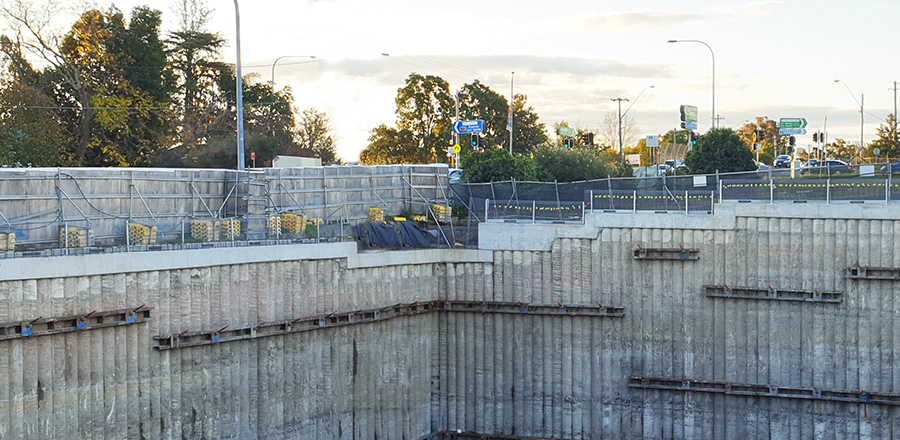Case Study Insights – How Our Products Made A Difference
Our focus is on providing solutions that enhance safety, security, and efficiency across a broad spectrum of industries and events. We invite you to explore these case studies, each demonstrating our commitment to meeting the unique requirements of diverse projects with precision and excellence.
Each case study exemplifies our dedication to excellence, showcasing our commitment to high-quality, dependable, and versatile temporary fencing solutions. We take great pride in our contribution to the success of these varied initiatives and are enthusiastic about continuing to offer our expertise in future projects.
The Victorian Government’s ‘Road Map to Reopening in Metropolitan Melbourne’ covers certain guidelines that need to be followed as the State’s vibrant hospitality sector begins to reopen for business in December 2020.
The Snowy Hydro 2.0 Project involves linking two existing dams, Tantangara and Talbingo, through 27km of tunnels and building a new underground power station.
Laing O’Rourke is building the new Central Station as part of the massive Sydney Metro project.
Around 27 metres below ground, the new station joins the existing Central platforms in the centre of Sydney, providing links to the expansive Sydney Metro network and existing inner-city train lines.
Bankstown Airport’s 2019 draft master plan proposes that the major Western Sydney Airport that is soon to be built nearby would have significant impact on Bankstown’s aviation operations in the long term.
The contractor sourced a series of Deltabloc DB80 concrete crash barriers from Fortress Fencing.
When contractors working on the Bruce Highway Duplication near Cairns required concrete crash barriers, local supply was a problem.
The team at Fortress Fencing was determined to find a solution to circumvent the hefty freight costs and still provide the barriers required for this project.
Working around active traffic situations, it was critical for workers to fence off work zones with a safety barrier.
The Fortress Fencing team supplied 200 metres of Lo-Ro barriers to the site. The Lo-Ro water cable barrier is MASH Tested to TL-1 & TL-2, and designed for applications where low deflection is important.
Fortress Fencing supplied Deltabloc DB80 Concrete road barriers fitted with steel anti-gawking screens and SLED end treatments.
In this application, the Western Program Alliance team have used SLED end terminals fitted to the concrete crash barriers. SLED stands for Sentry Longitudinal Energy Dissipater.
Temporary access roads needed to be be built and the contractor required a strong and stable barrier to line these roads. Water field barriers presented an ideal solution due to their flexible nature – as the site needs changed and the construction work progressed, the barriers could be shifted as necessary.
Fortress Fencing’s 2000 Series galvanized fence panels presented an ideal solution to create a simple and effective exclusion zone.
The 2.4 metre long panels are quickly and easily erected by two people using concrete filled fence feet and bracing to hold them in place.
Fortress Fencing was able to assist the contractor with both lightweight crowd control barriers and sturdy temporary fencing for the site.
Fortress orange crowd control barriers which were used around the visitor centre to create a single direction flow of traffic. This was to ensure the centre complied with COVID Safe guidelines.
To create a safe perimeter around the edge of the excavation, the contractors used 240 metres of edge protection fencing.
The XT Barrier system is a strong temporary fencing solution, ideal for installation around excavations such as this.
Fencing and barriers are currently being erected as the site compound comes together, and an increase in heavy vehicles in the area is planned as work increases.
The project team needed to block off the south side of Cottrell Street, adjacent to the current level crossing, as part of setting out the construction area.


